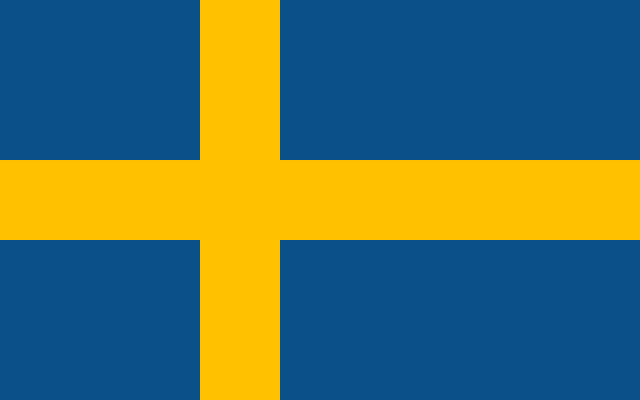Flags of Countries in European Union with Names
Austria
The flag of Austria is red-white-red striped. It is derived from the medieval coat of arms of the Babenbergs who ruled here from the 10th to the 13th centuries. According to legend, it was created when the white robe of Duke Leopold V of Babenberg was so soaked in blood during the Third Crusade that a white stripe was only left where he was carrying his weight. There is evidence that the coat of arms has been in use since 1230. The Habsburgs then adopted the colors. In 1945 the flag was officially adopted in this form.
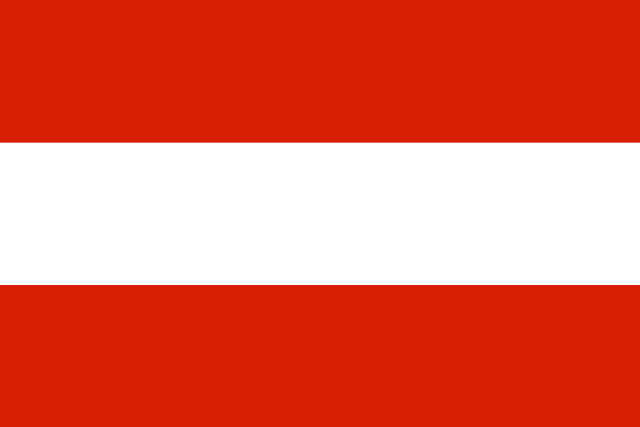
Belgium
The Belgian flag is almost square in the original. The colors are similar to the German flag, namely black, yellow and red. You don’t know exactly why that is, maybe it’s just a coincidence. The colors are arranged vertically and correspond to the colors of the Duchy of Brabant.
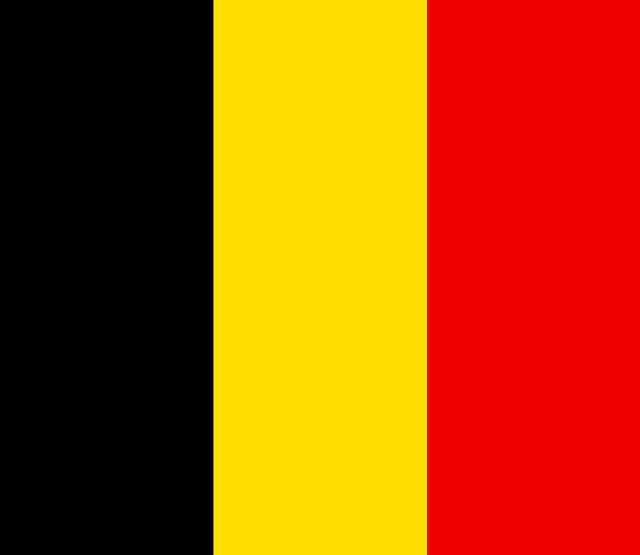
Bulgaria
The flag of Bulgaria is horizontally striped with white, green and red. White stands for freedom and peace, green for nature and red for the blood that was shed in the struggle for freedom. It was already in place between 1879, when the Principality of Bulgaria was established, and 1944, when the Tsarism came to an end. Then it was reintroduced in 1990. In the period in between, the coat of arms of the People’s Republic of Bulgaria was on the top left.
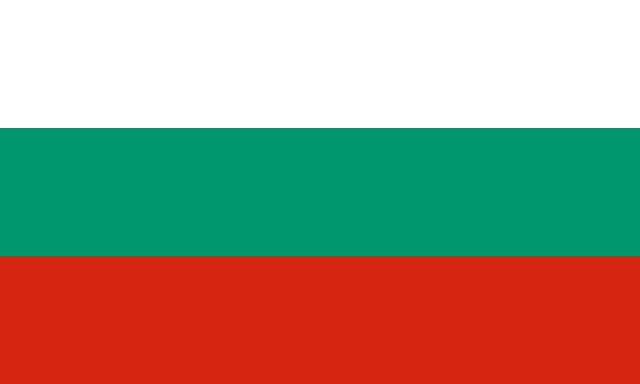
Croatia
Red, white and blue are the Pan-Slavic colors that adorn the flag in three equal-sized stripes. In the middle is the coat of arms with a red and white checkerboard pattern. On the coat of arms the symbols of the parts of the country Illyria, Dubrovnik, Dalmatia, Istria and Slavonia form a crown.
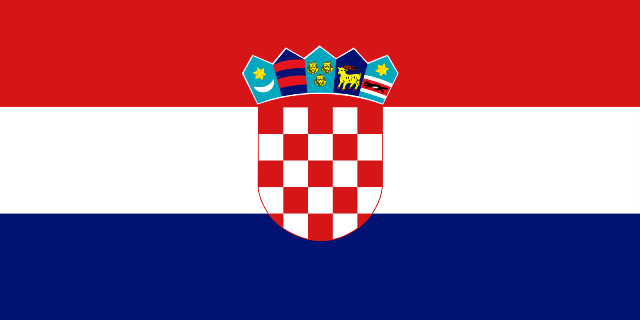
Cyprus
The outline of the island in brown-orange color is on a white field. The brown-red color stands for the copper that was found on the island. Below are two branches from an olive tree, which stand for the two ethnic groups on the island. They now live peacefully with one another, although living together is not without tension.
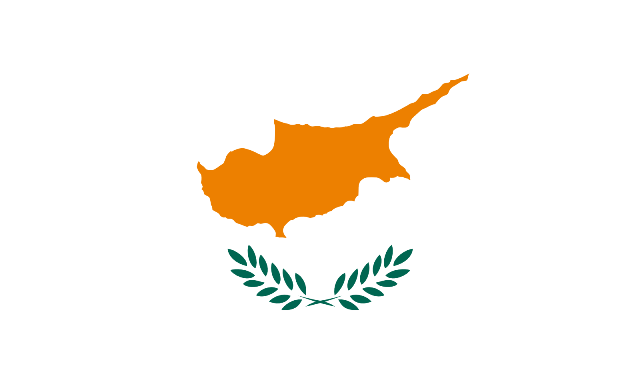
Czech Republic
The Czech flag is striped white and red, while a blue triangle protrudes into it on the left. Red and white are the colors of Bohemia, blue originally stood for the Slovak part of Czechoslovakia. The flag of the Czech Republic is the same as that used by Czechoslovakia.
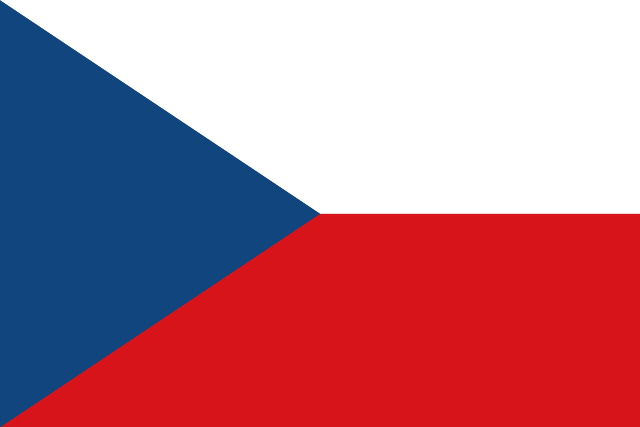
Denmark
The Danish flag is called Dannebrog, which means “Danish cloth”. Their basic color is red. There is a white cross on top that is extended to the right. All Scandinavian countries carry this “Scandinavian cross” in their flag. It is a sign of their relationship.
The Dannebrog is considered to be the oldest flag in the world. The color red was already found on the coat of arms of the Danish royal family and is probably due to the Vikings. Allegedly the Dannebrog fell from the sky when the Danish King Waldemar II fought against the Estonians in 1219. The Estonians then lost the battle.
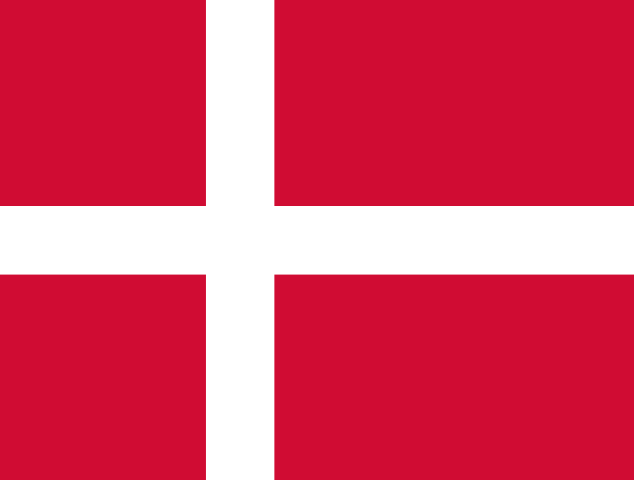
Estonia
The flag of Estonia is striped in blue, black and white. Blue stands for the sky and freedom, black for the earth and the difficult times of the past and white for the bright future. It was first introduced with independence in 1918. With the invasion of the Soviet Union it was banned in 1940 and only reintroduced in 1990.
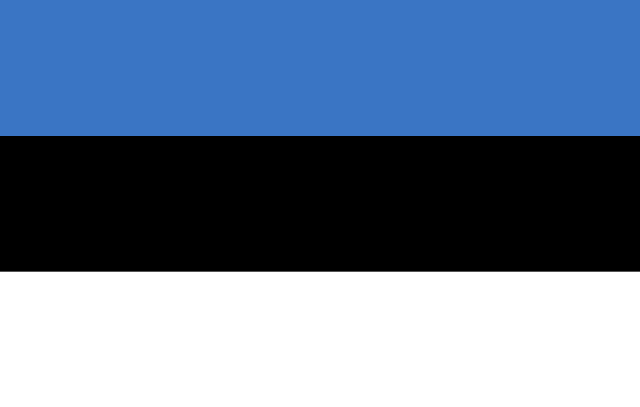
Finland
The Finnish flag bears the “Scandinavian cross” like all Scandinavian countries. It is a sign of their relationship. It is a cross that is extended to the right. The Finnish flag is white with a blue cross on it. White stands for the snow, blue for the many lakes in the country. Finland received its flag when it gained independence in 1917. Suomen lippu means Finland’s flag in Finnish. It is also called Siniristilippu , which means “Balues Cross Flag”.
The Finns love their flag and like to hoist it often. Many houses, especially in rural areas, have their own flagpole. The flag is hoisted for private celebrations such as baptisms as well as for the official flag days. There are some of them a year. These include Labor Day (May 1st), Mother’s Day in May, Midsummer Festival, Independence Day (December 6th), every election day, and the day the President took office.
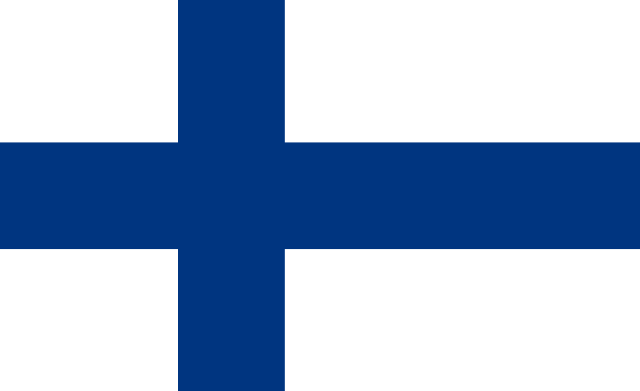
France
The flag of France also bears the name “tricolor” , which actually only means “three colors”. It was the first national flag in the world and remains something special to this day. The colors blue, white and red are arranged vertically and of the same size next to each other.
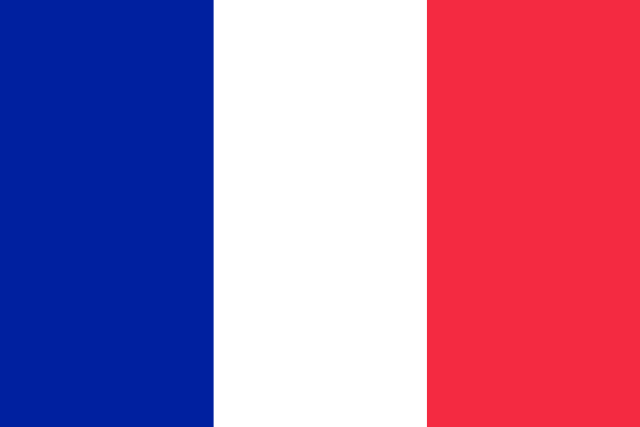
Greece
For a long time the flag of Greece consisted only of blue paint with a white cross on it. The flag as you see it today has only been around since 1978. The colors go back to the Byzantine Empire. You can see nine equally sized stripes in blue and white. In the upper left corner there is a white cross on a blue background. The flag symbolizes “God’s wisdom, freedom and the land”. Blue stands for sky and sea, white for the purity of the struggle for independence.
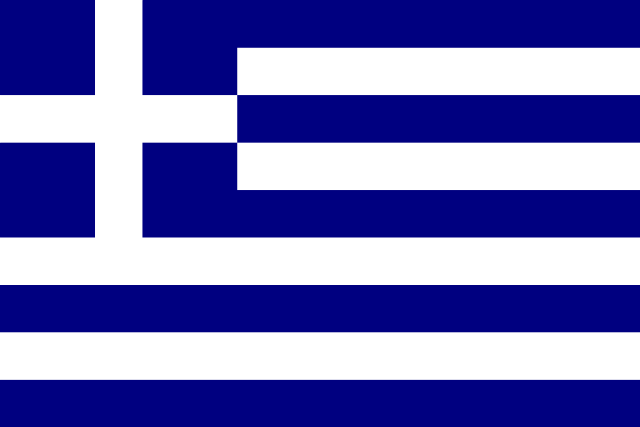
Germany
The German flag has the colors black, red, gold. In the 19th century these colors became a symbol of German unity. In the Weimar Republic they first became the colors of the German flag. In the German Empire, however, and also in the time of National Socialism , the colors black, white and red were chosen. After the Second World War , the colors black, red and gold returned.
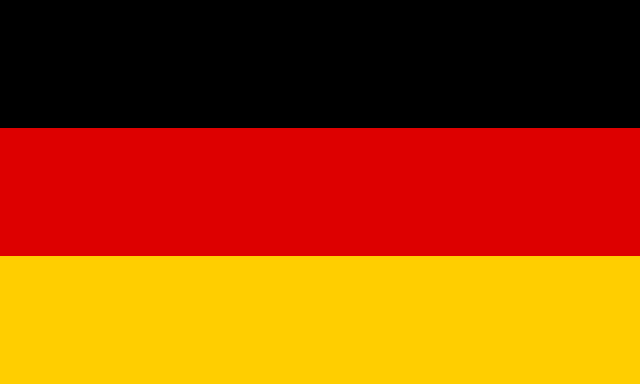
Hungary
The flag of Hungary is striped lengthways in the colors red, white and green. Red stands for the blood that Hungarians lost in the fight for their freedom. White means purity. Green stands for hope and is also a sign of the 19th century revolution. The colors are derived from the Hungarian coat of arms, in which they were used as early as the 12th century.
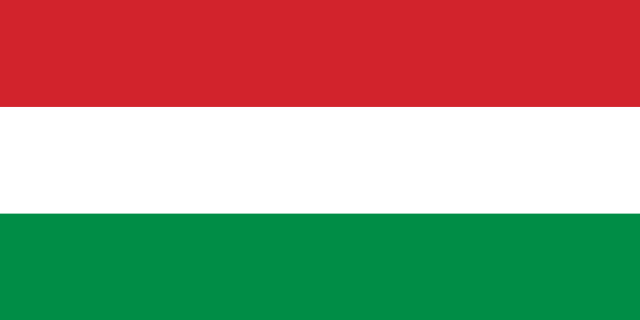
Italy
Italy’s flag is striped vertically in the colors green, white and red. The green stands for nature, the white for the snow on the Alps and the red for the blood that flowed in the struggle for independence. It was first used in 1797. It is based on the French tricolor, but with a green instead of a blue stripe. At that time Italy was under the rule of Napoleon. The exact colors were only redefined in 2006.
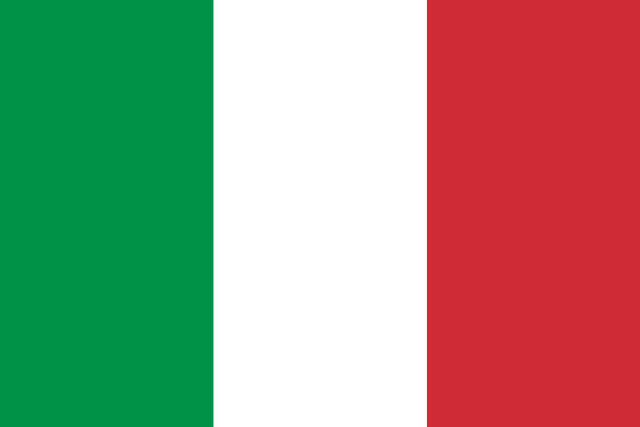
Latvia
The flag of Latvia is red, white and red striped. The white stripe is half as wide as the red one. The red is rather dark and is also known as Latvian red. Allegedly, the Latvians are said to have colored their flag with red berries earlier, which gave it a dark red. White stands for purity and justice, red for the blood that was shed in the struggle for independence. The red-white-red flag was first used in 1918 and then reintroduced with independence in 1990.
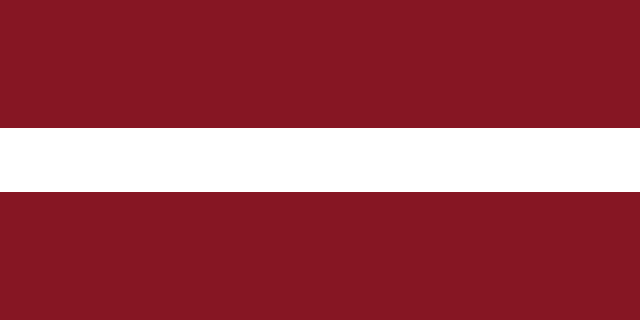
Lithuania
The flag of Lithuania is striped yellow, green and red. Yellow stands for the sun and light, green means nature and freedom, red symbolizes courage. It was first used with independence in 1918 and then reintroduced in 1989.
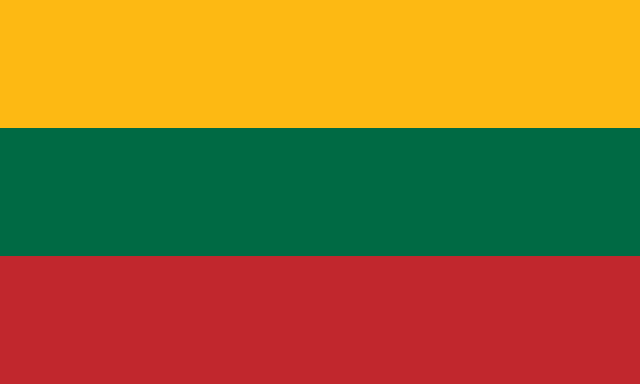
Luxembourg
The flag of Luxembourg is striped in red, white and light blue. These colors were already the colors of Luxembourg in the Middle Ages. The flag has been in use like this since 1845. It was officially introduced in 1972.
In 2006 there was a “flag dispute”. A politician wanted a different flag for Luxembourg, on which the “red lion” should be seen on ten blue and white stripes. This “Roude Léiw” can be seen on the country’s coat of arms and is an ancient symbol of Luxembourg. This would also prevent confusion with the very similar Dutch flag. However, this politician could not prevail.
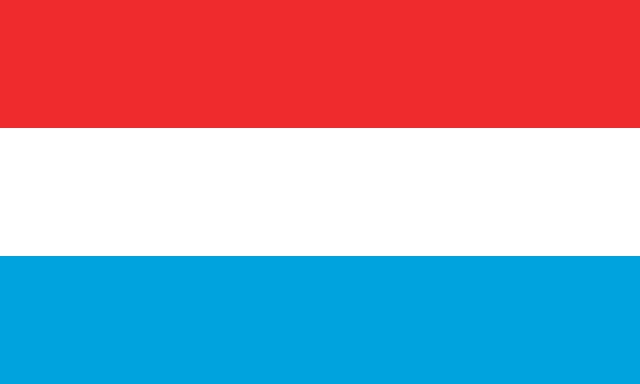
Malta
The flag of Malta was first flown in 1964 when the state became independent. The colors of the flag, white on the left and red on the right, can be traced back to the Hauteville family who conquered Malta in 1090. The cross on the top left is the George Cross. Former King of the United Kingdom, George VI, bestowed the military award on the entire Maltese people for their bravery during the German and Italian bombings in World War II.

Netherlands
The Dutch flag is a tricolor. These are flags with three colors that are displayed horizontally or vertically in stripes. The Dutch flag was set in 1937 and is based on a tricolor flag that was hoisted against Spain in 1579. The red part of this flag was still orange. That was changed later. Blue and white are supposed to remind of faith and God.
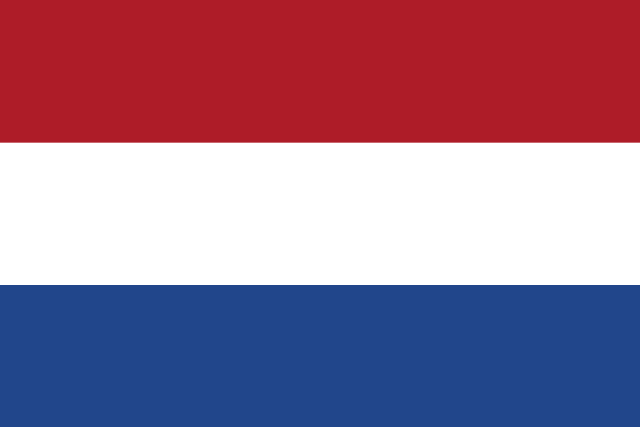
Poland
Poland’s flag is horizontally divided in two into white and red. These have been the colors of Poland since the 13th century, namely by a white eagle on a red background. This flag was officially introduced in 1919. Flag Day is celebrated every year on May 2nd.
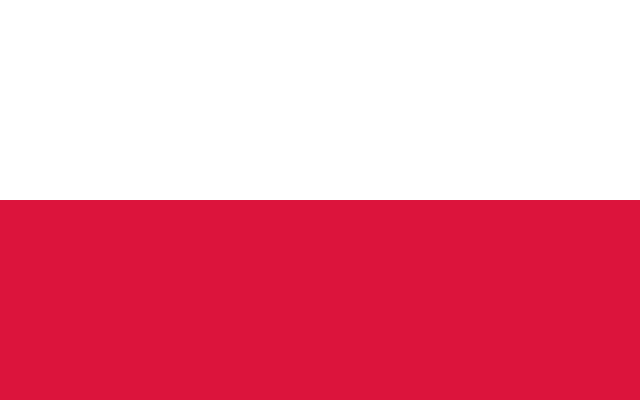
Portugal
The flag of Portugal is in the colors green and red. It is the colors of the republican movement that helped shape the revolution in 1910. Green also stands for hope and red for the blood that was shed in the struggle for freedom. A navigation device in the form of a stylized globe is depicted exactly on the transition between the two colors. It is a symbol of the Age of Discovery. You can also see a heraldic shield with seven Castilian castles.
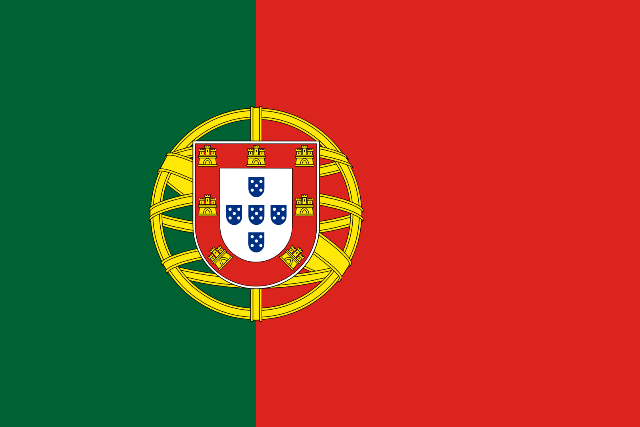
Romania
Romania’s flag is striped vertically in the colors blue, yellow and red. These are the traditional colors of the historical parts of Moldova, Wallachia and Transylvania.
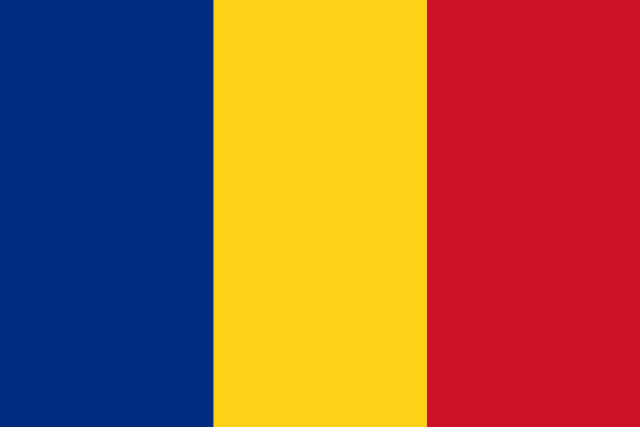
Slovakia
The flag of Slovakia is striped white, blue and red. Many Slavic countries use these colors in their flags, including the Czech Republic and Russia. These are the Pan-Slavic colors, which means they stand for the togetherness of the Slavic peoples. The Slovak flag also bears the national coat of arms, a white double cross on a red background and standing on a blue trefoil. The flag can only be distinguished from the flag of Russia by the Slovak national coat of arms. The flag was officially introduced in 1993.
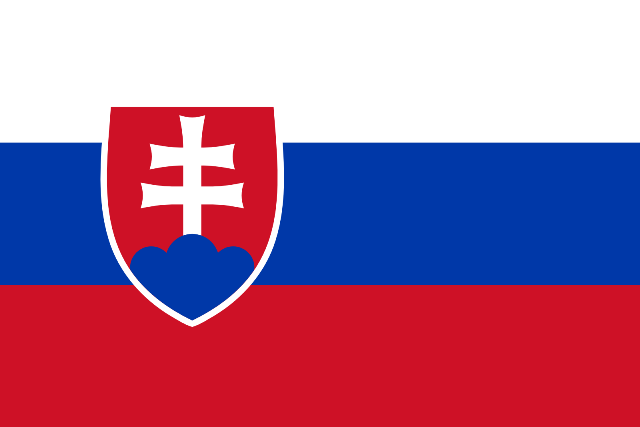
Slovenia
Blue, white and red are the Slavic colors that you will find in the Slovenian flag. The highest mountain in the country, Triglav, is shown in the coat of arms. The blue waves represent the water in the country, i.e. the numerous lakes and rivers. The flag as you see it today has only been around since 1994. That year the coat of arms was added to the flag.
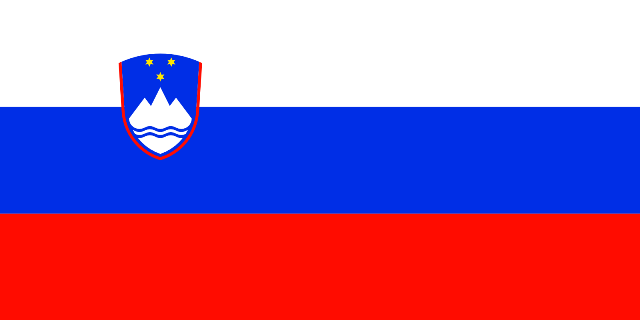
Spain
The flag of Spain is striped red-yellow-red, with the yellow stripe wider than the red stripes. Inside the yellow stripe is the Spanish coat of arms. The flag was introduced in 1785 to make the ships of the Spanish fleet, the Armada, more recognizable.
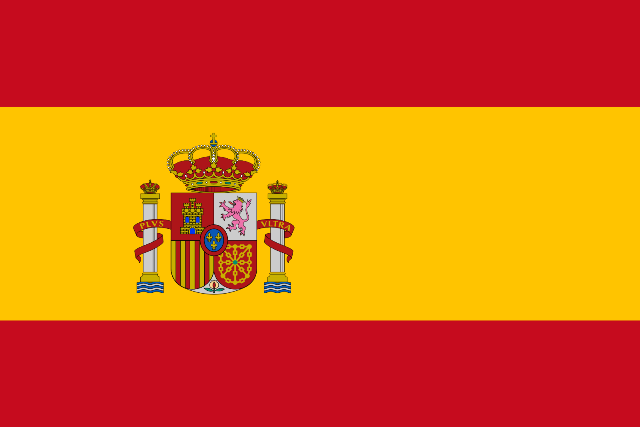
Sweden
The basic color of the Swedish flag is blue. There is a yellow cross on it, which is extended to the right. All Scandinavian countries carry this “Scandinavian cross” in their flag. It is a sign of their relationship. Blue and yellow have been the colors of Sweden since the Middle Ages and were also featured in the coat of arms. The current flag was introduced in 1906.

